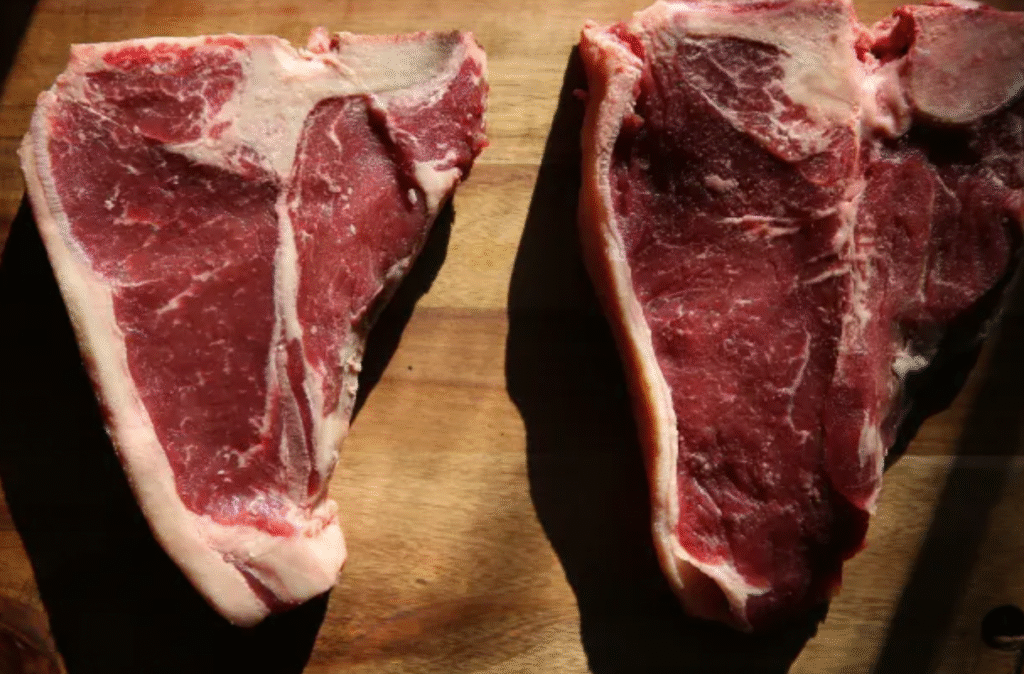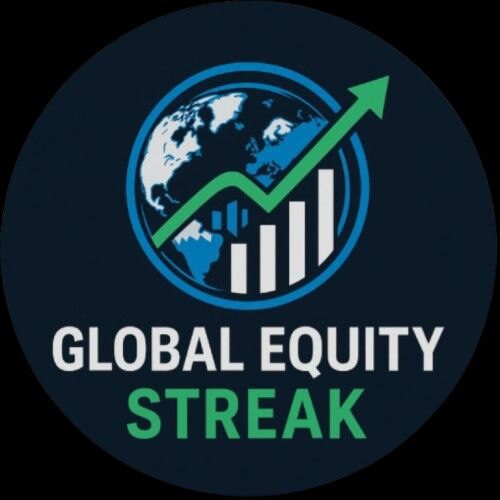America’s Beef Crisis Deepens: Beef prices in the U.S. have surged to record highs as cattle inventory hits its lowest mid-year level since 1973. Years of drought, high feed costs, and policy pressures have crippled the supply, with the USDA warning that recovery may not occur until 2028. Ground beef and steak prices are up over 10% year-on-year, turning steak into a luxury. Meanwhile, Trump’s proposed tariff on Brazilian beef may further tighten supply. Consumers are shifting to pork and chicken as beef becomes increasingly unaffordable.
America’s Beef Crisis Deepens: Shrinking Supply, average beef prices have increased 9%
America’s Beef Crisis Deepens:For American consumers already reeling from record-high food bills, the meat counter offers no solace—especially for beef lovers. According to the latest USDA data, the U.S. cattle inventory has plummeted to historic lows. As of July 1, 2025, the nation’s total cattle count stood at its lowest mid-year level since records began in 1973. And the situation is only getting worse.
America’s Beef Crisis Deepens:Feedlot placements, which serve as a key indicator of future beef supply, have dropped to their lowest level since 2017. Years of herd liquidation, driven by persistent drought, soaring feed costs, and razor-thin profit margins, have decimated the nation’s beef production capacity. While pasture conditions have improved slightly in recent months, the USDA reports little evidence of any meaningful herd rebuilding effort.
America’s Beef Crisis Deepens:Industry experts warn that beef cow numbers continue to fall, particularly the cows needed for reproduction. That means even if ranchers began rebuilding herds today, the U.S. wouldn’t see a full recovery in beef supply until at least 2028 or 2029.
America’s Beef Crisis Deepens:The result? Retail beef prices have surged to all-time highs. In June 2025 alone, ground beef prices rose by 10.3% year-on-year. Steaks saw an even steeper climb, with prices jumping 12.4%. Since January, average beef prices have increased 9%—a dramatic rise just as consumers were beginning to enjoy relief from last year’s egg price shock.
America’s Beef Crisis Deepens:Premium cuts like ribeye and New York strip steaks are now selling for a jaw-dropping $18 per pound, making steak increasingly feel like a luxury reserved for the wealthy. As one shopper remarked, “These days, a decent steak feels like a splurge.”
America’s Beef Crisis Deepens:The roots of the crisis stretch back years but accelerated during the Biden administration, as ranchers grappled with a wave of challenges. The 2022 drought devastated grazing lands, forcing mass sales of breeding stock—effectively gutting the industry’s long-term production capabilities. At the same time, input costs exploded. Feed prices remain stubbornly high, and transportation expenses have soared—especially in California, where energy prices have been inflated by unique state fuel requirements.
America’s Beef Crisis Deepens:Climate and policy pressures are also mounting. President Trump’s proposed 50% tariff on Brazilian beef imports threatens to choke off one of the U.S.’s largest sources of foreign beef. In May alone, Brazil’s beef exports to the U.S. surged 20% and now make up nearly 8% of domestic consumption. The tariff, if implemented, would further tighten an already constrained market and drive prices even higher.
America’s Beef Crisis Deepens:As beef becomes increasingly unaffordable, American consumers are adjusting. Pork and chicken—still relatively affordable—are seeing a rise in popularity. Major food companies and fast food chains are quickly adapting by expanding their offerings beyond beef to accommodate changing consumer preferences.

America’s Beef Crisis Deepens:The bottom line is grim: despite temporary gains in weather and slight relief in some areas, the beef industry is in the midst of a long and painful contraction. Without a rapid and robust herd rebuilding initiative, beef may remain a premium-priced commodity for years to come.
Disclaimer:
This article is for informational and educational purposes only. It does not constitute financial, investment, or dietary advice. Readers are encouraged to do their own research or consult with relevant professionals before making any decisions based on the content provided.

